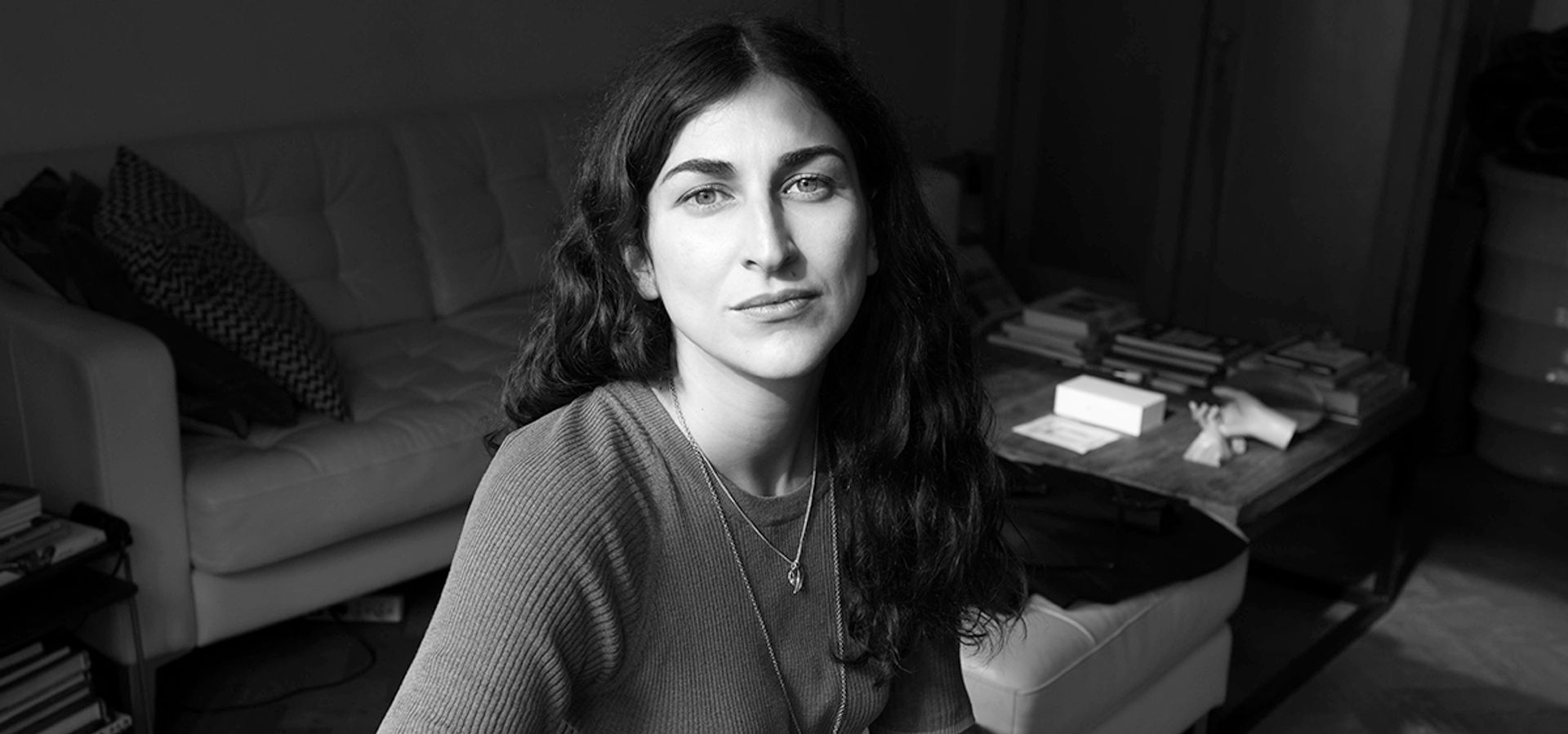Sachli Gholamalizad on The Light That Never Goes Out
During The Light That Never Goes Out, KVS will let ten visitors at a time take a seat in its empty auditorium. Every twenty minutes another artist takes to the stage to present their performance by the ghost light. An intimate and unique experience, featuring artists of the likes of Sachli Gholamalizad.

You are one of many artists taking part in The Light That Never Goes Out. What made you decide to take up the invitation?
“The idea appealed to me. Playing for a small audience requires a different sort of focus and self-conquering, and a different contact with your audience. In these times it has become very clear how important the arts are, and it is a privilege to take on that role and to get a chance to come together. To be able to look each other in the eyes and to sense each other, that makes it harder to play a role and easier to create a bond with people in a different way. I also think it is important to keep questioning myself as a creator, and my position. To realise that it is not a given to be able to play and be heard. It feels like a big responsibility, one I do not take lightly. It also feels like an act of solidarity. So many artists who come together to alternate and create space for one another. I would love to be in the audience myself, because it feels like a unique experience, one we will look back on with a warm feeling, during what feels like a turning point in all our lives.”
What does it mean to you to be alone on stage for such an intimate audience?
“Being alone on stage is not new to me, intimacy is something I always seek out in my work, but something that becomes more difficult when the setting is a traditional stage in an auditorium. This feels to me like the perfect way to rediscover what small-scale performances can mean within the development of my own work, and how I as an artist can create room to breathe and find new insights.”
Can you share anything yet about what you intend to show the audience?
“No, I am still looking for the right story. I do know that it will be a continuation of my line of investigation within earlier work: questioning intergenerational family ties, investigating the role of migration in identity building and how that is being transferred onto the next generation – in my case, my child. I am considering bringing my baby on stage, which in its own way raises the question of how I can balance artistry and motherhood.”




